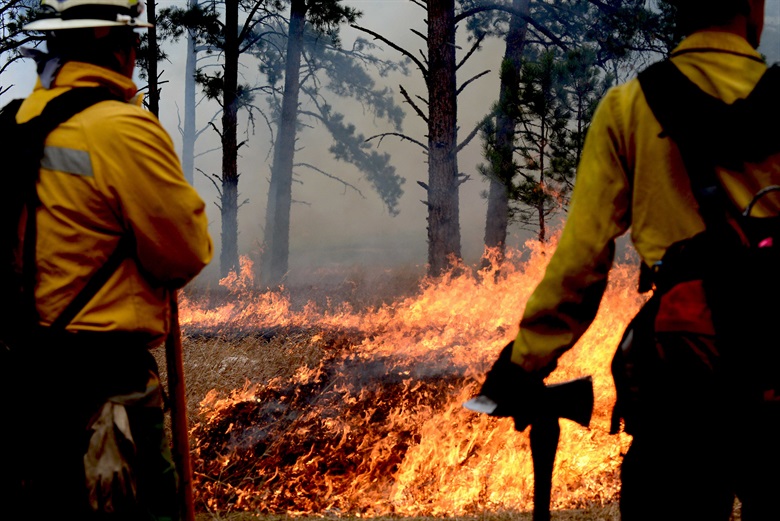This post is also available in:
 עברית (Hebrew)
עברית (Hebrew)
Data-based modeling system may now help emergency managers to better determine when to call for evacuations due to a wildfire. The system has the ability to accurately predict the speed and direction of wildfire’s movements. This information is then interfaced with a traffic simulator which assists in estimating how long it will take affected residents in an area to safely evacuate.
Behind the system is researcher and Assistant Professor at South Dakota State University (SDSU) Department of Geography, Dapeng Li, who says determining evacuation orders during a wildfire is difficult because of the plethora of factors involved in the decision-making process.
Commanders overseeing wildfire incidents are responsible for accounting for the rate of fire spread, population density and distribution, and the available outlets for evacuation traffic.
By looking at environmental hazards which include specifics about the natural, human and built surroundings in a given area, Li’s system has been able to identify specific warning triggers for an evacuation. The spread and traffic simulations coupled with these triggers to help determine the proper timing of an evacuation.
According to Li, “the first step is to model the progression of the fire in the landscape. We need to take into account factors such as topography, fuel type, fuel moisture, wind direction and speed. We can use fire spread modeling to derive fire spread rates at different locations in the landscape and compute fire travel times. We then need to estimate how many cars will be in the road network during the evacuation. If it is too congested, the evacuees could be trapped en route by the fire and die in their cars.”
While the case study took place in San Diego, California, the integrated modeling techniques can be applied to any geographic location, regardless of its population or infrastructural factors.
By merging fire spread and traffic data, many questions surrounding the timing of evacuation warnings can be properly addressed.
By using the paired modeling, incident commanders can examine the spatial patterns of fire perimeters and evacuation traffic for every minute in the evacuation simulation. This could help them improve their situational awareness and issue more effective protective action recommendations, according to ifiberone.com.


























